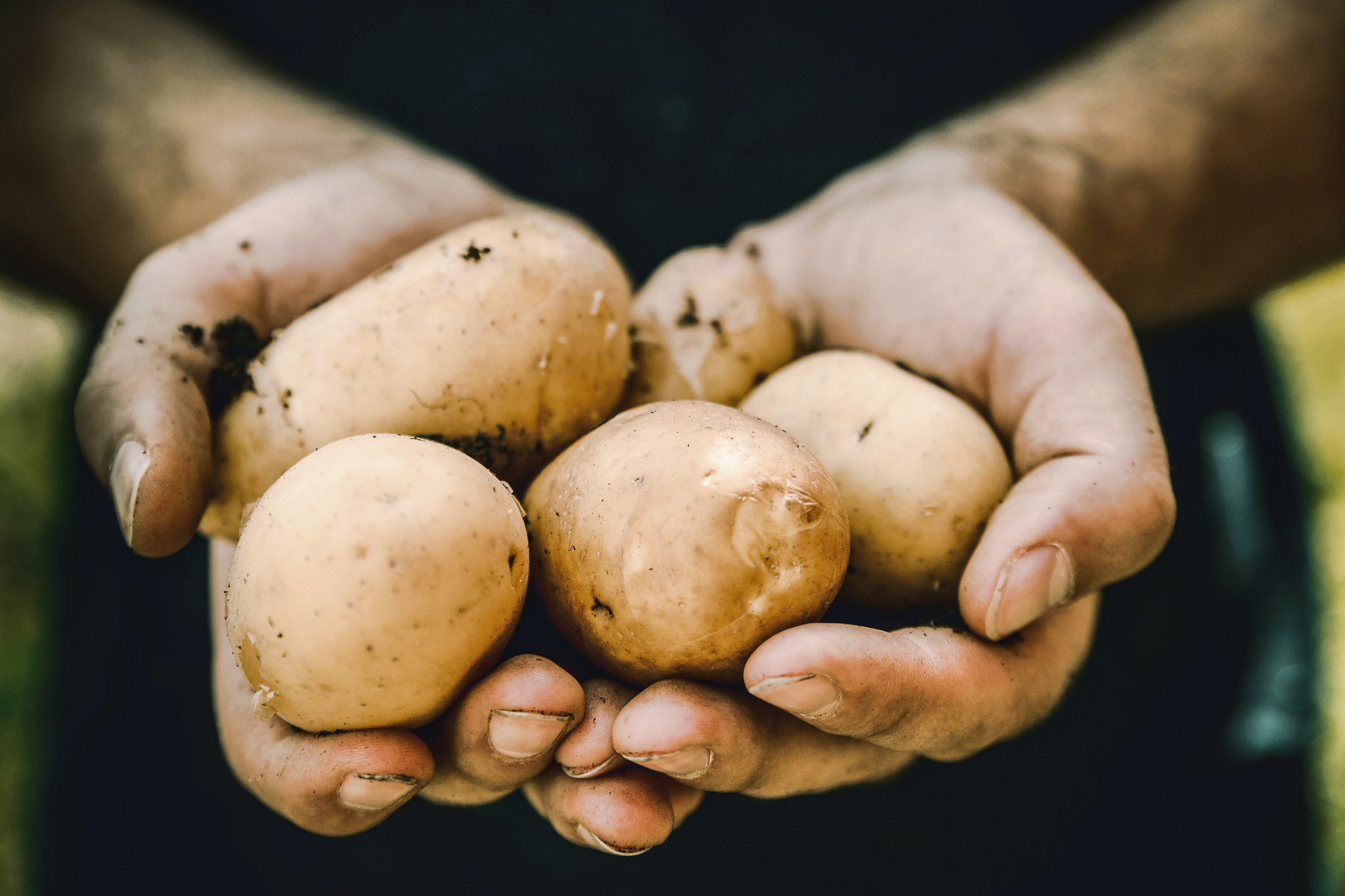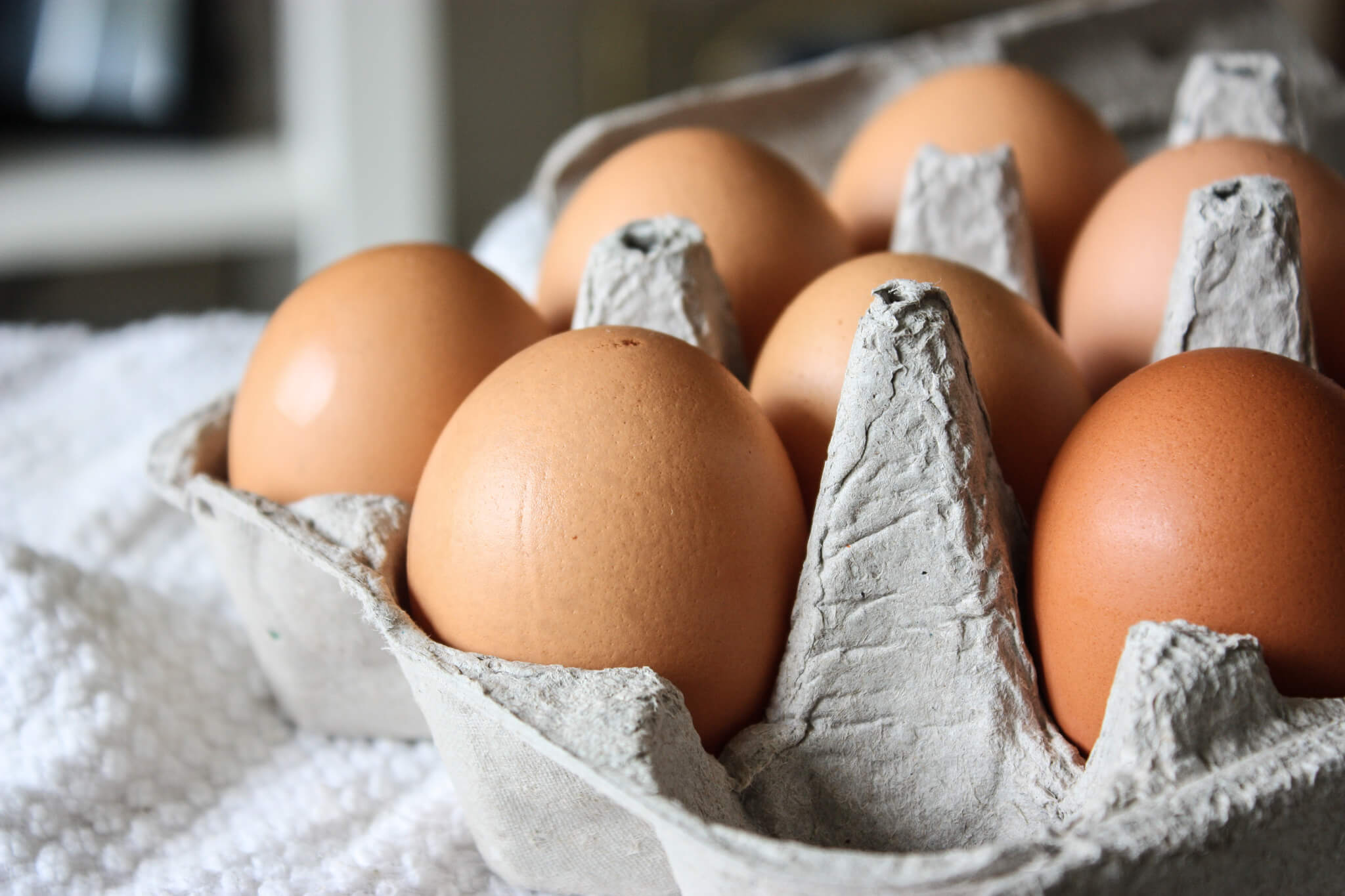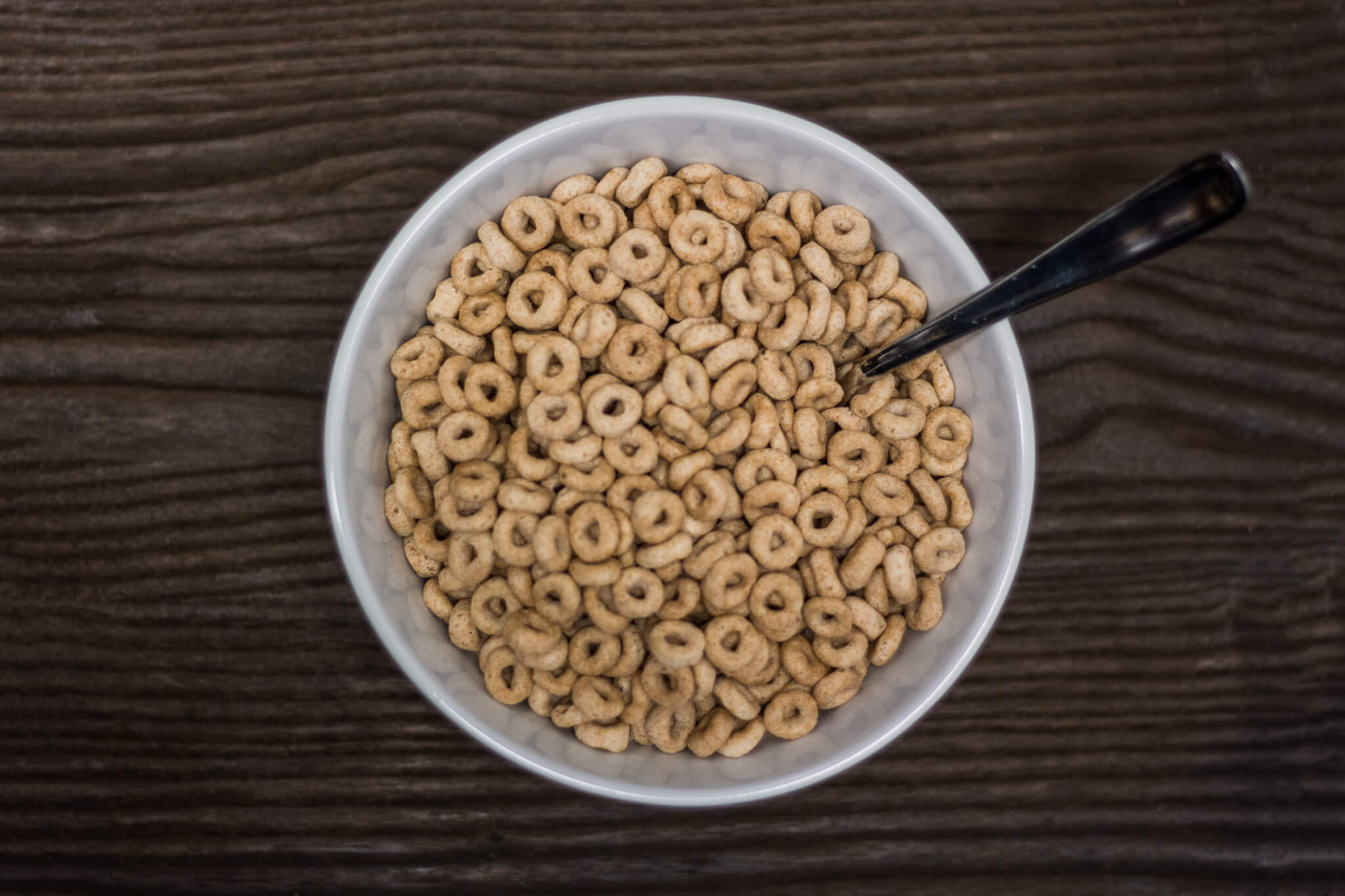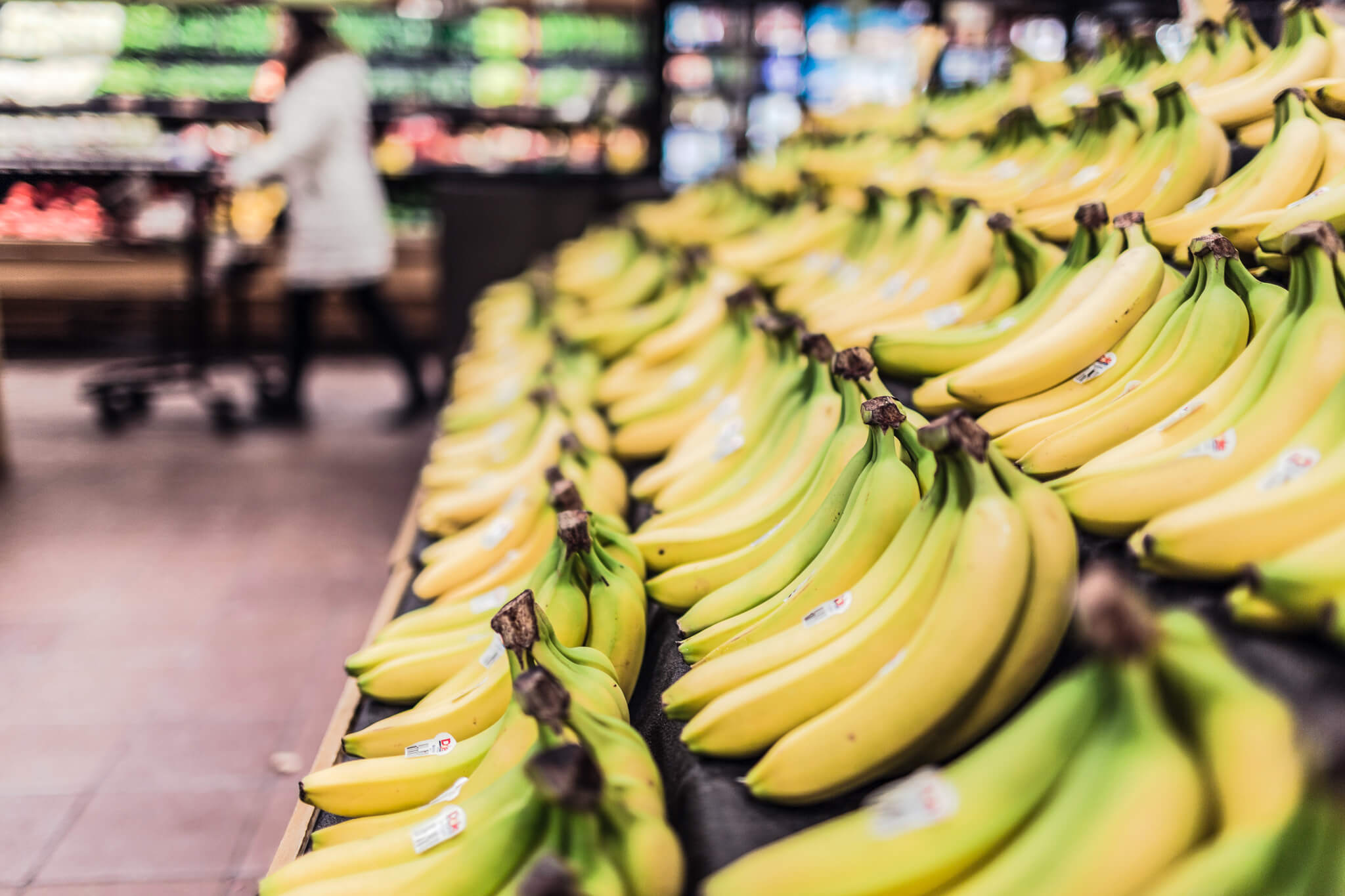Have you ever felt like the internet is a minefield of health, nutrition, and wellness information and you aren’t sure what is and isn’t good info? Ever wondered “What would someone who is actually qualified to talk about nutrition have to say”?
Well, it’s your lucky day! Kirsti, a registered dietician who goes by @healthyandwholenutrition on Instagram, has answered some of the burning questions people have about nutrition. Read on for simple suggestions on how to eat in a more healthy and nutritious way.
Is it bad to skip meals if you don’t feel hungry? Should everyone eat three meals a day?
It’s great to listen to your hunger level! But if you are only eating once or twice a day, it can be hard to get in the amount of protein and fiber your body needs on a regular basis. Maybe you aren’t hungry for a full meal, but you can include a dynamic snack or mini meal that includes at minimum two of the following:
- Protein
- Fat
- Fiber
- Veggies
If you eat healthy and feel satisfied, can you be eating too few calories?
Here are a few things to check in with to see if you are eating enough:
- Are you tired all the time? Remember that food provides your body with energy. And loading up on caffeine to find energy can be further suppressing your appetite and not helping the big picture.
- Is food always on your mind? If you don’t think you’re hungry, but you can’t stop thinking about food (planning your next meals, watching food videos, researching food, etc.) then your brain and body might need more food.
- Do you have constipation and gut issues? Constipation and bloating can be a major issue if chronically undereating.
- Are you cold all the time? When your body doesn’t have enough energy, it doesn’t have the energy to circulate body heat.
- If you are a female within menstruating age and you lost your period after eating healthier, you are not eating enough.
- Hair loss and skin issues – like acne, brittle nails, and hair loss – can be a result of undereating and specifically not consuming enough calories, protein, minerals, essential fatty acids, and vitamins like vitamin E.
- Depression, anxiety, mood swings – your brain isn’t functioning at its best if you’re under nourished. Irritability can be directly associated with dieting and restrictive eating patterns.
What are your favorite ways to trick yourself into eating more veggies?
I honestly don’t think you ever need to trick yourself into eating veggies. What you really need is to find the way you enjoy eating veggies. Try them raw, roasted, grilled, steamed, in a stir-fry, air-fried, in a soup, etc. Try them with a dip like hummus, ranch, salsa, or guacamole. Flavor them with garlic, pesto, butter, or curry – the options are endless. Start with the vegetables you like, then slowly incorporate other veggies. Don’t count it out just because your great aunt Sue boiled the crap out of it and you hated it as a kid. Try, try, and try again. And if all else fails, we eat them because we know our body needs them, even if they aren’t our favorite thing on the plate.
What are your thoughts on “diets”? And the best way to lose weight?
A temporary meal pattern or diet will only give you temporary results when it comes to weight loss. I help people find an eating pattern that is more sustainable and doesn’t leave them feeling deprived.
What is best to focus on with nutrition when trying to lose weight?
Incorporating healthy habits that are sustainable. There is no one size fits all weight loss plan. If you can only see yourself following a specific eating pattern for a temporary period of time, then your weight loss results will be temporary too.
Here are some good places to get started when changing your habits for weight loss:
- First, start tracking what you are eating. Write everything down. This helps with awareness of current eating habits and self-accountability. It allows you to see what is missing from your typical eating pattern.
- Look back at the food you have tracked. Are you eating 3-5 cups of veggies per day? If not, start by finding ways you can eat MORE veggies.
- Then, take a look at your food journal and check to see if you are including a source of protein or fat at each meal. This will help balance your meal, curb hunger, and keep you feeling full.
- Swap out more processed carbohydrates for those with more fiber (see list on the next question)
- How you eat also matters. Sit at the table, try to limit distractions, and take 20 minutes from your first bite to your last bite. This will help you recognize when you are feeling full or satisfied and prevent from overeating.
- Don’t forget that hydration, exercise, stress and sleep all play a role in weight management as well.
What are the best kinds of carbs to eat?
Your body needs carbs to thrive. It’s best to eat carbs that not only provide your body with energy, but also with nutrients. Choose carbohydrates in their least processed form most often (example: brown rice > white rice or whole red potato > potato chip)
It’s also best to choose carbohydrate foods that have lots of fiber:
(This is a list of examples, but it’s not exhaustive)
- Acorn squash
- Apples
- Berries
- Black beans
- Brown rice
- Buckwheat
- Butternut squash
- Cherries
- Chickpeas or garbanzo beans
- Farrow
- Fava beans
- Ground flax
- Kidney beans
- Lentils
- Oatmeal
- Pears
- Pinto beans
- Pumpkin
- Quinoa
- Spaghetti squash
- Split peas
- Sweet potatoes
- Wheat bran
- White beans
- Whole grain bread
- Wild rice
I’m currently hitting 140 grams of protein. Is more protein always better? Is there a line?
You can eat too much protein and have it be taxing on your kidneys. This is a very individualized question and to answer it fully I would need to know more about the individual and their health.
What brand/type of protein powder do you recommend for adding to smoothies and things?
Here are three questions to consider to help narrow down your search when it comes to selecting a protein powder:
- What is the source of the protein? Some great options include: whey, collagen, bone broth, beef and pea protein
- What is the ingredient list? Just like any food you eat, you’ll want to know the ingredients. The items are listed on the ingredient list in descending order by weight. Make sure the first ingredient is the protein source. If it contains a blend of protein sources (common in plant based proteins), aim for 4 protein sources or less. Take caution if sugar or another sweetener is next in line. Bonus points for less than 6 ingredients.
- How does it taste? If you can’t tolerate the taste, it’s no help to you anyway.
What is the best way to calculate my macros for weight loss and muscle growth?
This would be a great reason to work with a dietitian! I would suggest specifically working with a dietitian that specializes in weight loss or performance depending on your goals.
What advice do you have for extra nutritional support for breastfeeding moms?
Number one tip: keep whole food snacks handy! Here are some snack ideas that you can eat one handed:
- Apple + cheese
- Dark chocolate + nuts
- Celery + nut butter
- Hard boiled egg + ½ English muffin
- ½ cup roasted chickpeas
- Turkey rolled up with cheese
- Baked egg cups
- Veggies + dip (hummus, plain Greek yogurt + ranch seasoning, guacamole)
- Rice cake or bran cracker topped with:
- 1 tbsp tomato paste + mozzarella cheese
- 1 tbsp hummus + ¼- ½ avocado
- 1 tbsp nut butter + coconut flakes + mini chocolate chips
Second: focus on balanced meals that include lots of veggies, a quality protein source, about ½-3/4 cup high fiber carbohydrate or fruit, and don’t cut out fat. Garnish meals with healthy fats like nuts, seeds, avocado, olives, pesto, olive oil/avocado oil, coconut, etc.
What are some nutritional ideas to boost milk supply?
Balanced meals and adequate hydration are key. Also important: latch and reducing the stress of mom & baby. It would be great to work with a dietitian who is also a certified lactation consultant.
What do you suggest for healthy grab and go foods?
Honestly, this is why meal prep is key. No, you don’t have to prepare all meals and snacks in advance, but if you prep a few things it can make a busy week so much healthier. It makes the healthy choice the convenient choice.
Some items to meal prep:
- Overnight oats
- Baked egg + veggie muffin cups
- Quinoa salad
- Hard boiled eggs
- Wash & chop salad ingredients
- Other easy to grab foods:
- Rotisserie chicken + bag salad
- Greek yogurt + nuts + apple
- Hummus + veggies
- Trail mix + banana
@dailyharvest has multiple options for whole food freezer meals like smoothies, soups, bowls, etc. Blend or heat it up, then add in a protein and you’re ready to go.
Can you tell me more about your meal plans?
If you read all these answers and want a step by step plan to incorporate healthy, balanced eating into your everyday life – I think you’re ready for a meal plan. Having a meal plan can bridge the gap between knowing what healthy eating looks like and making it happen. It can decrease the stress and the daily decisions you make about food and what to eat. Having a meal plan allows you to spend less time thinking about food and more time doing what you love.
I have 3 meal plan options for you. All options are 4 weeks of 3 meals + 2 snacks per day. You will get a downloadable PDF that not only outlines what to eat when, but also provides you with every recipe you will need for those 4 weeks, a weekly shopping list, and a guide of what to prepare to save you time in the kitchen. All meal plans cost $55.
Option 1: Healthy & Whole Meal Plan
- This meal plan is perfect for the person who is ready to eat healthy, balanced meals all day and also wants to eat with their spouse, family member, or roommate in the evening. It is designed for one person breakfast/lunch/snacks and two people at dinner.
- Previously called Resolution Meal Plan
- Example Day:
- Breakfast: zucchini, mushroom, & egg plate
- Snack: trail mix with banana
- Lunch: chicken shawarma bowl
- Snack: oatmeal cookie
- Dinner: turkey taco skillet with cauliflower rice
https://healthyandwhole.kartra.com/page/HealthyandWhole4weekplan
Option 2: Vegetarian Meal Plan
- This meal plan is created for a vegetarian who also eats eggs and dairy. It is also designed for one person breakfast/lunch/snacks and two people at dinner so you can eat in community in the evening.
- Example Day:
- Breakfast: cinnamon overnight oats
- Snack: cucumber, carrot, & egg snack box
- Lunch: lentil masala soup
- Snack: tzatziki with cucumber
- Dinner: lemony white bean & quinoa bowl
https://healthyandwhole.kartra.com/page/VegetarianMealPlan
Option 3: Couples Meal Plan
- This meal plan is perfect for two people who are ready to support each other to healthy eating habits over the next four weeks. It is designed for two people at all meals and snacks. Grab your spouse, friend, roommate, or family member and get started.
- Example Day:
- Breakfast: blueberry oat muffins & eggs
- Snack: hummus & veggie wrap
- Lunch: Thai chopped chicken salad
- Snack: apricots & almonds
- Dinner: chicken & broccoli bake
https://healthyandwhole.kartra.com/page/couplesmealplan
Thank you, Kirsti!
A lot of the nutrition info we see online makes nutrition seem really complicated, at least in my opinion. We’re told to only eat at certain times of day, to track our calories, to add lots of powders and supplements, and we’re given lots of questionable (read: wrong) info on how to interpret labels and which labels to pick.
Kirsti’s answers make it seem simpler. She makes nutrition and healthy eating sound doable and like far less work than others make it sound. I hope that you also think so. I’d encourage you to follow her on Instagram, @healthyandwholenutrition, for more info and great tips. And check out those meal plans. My mom and I are currently following her Couples Meal Plan and really liking it (week 2 has some pumpkin chocolate muffins that are SO good).
Are you going to be making any changes to your diet based on what she had to say? Let me know in the comments!
Leave a Reply
Previous Post
Next Post
Food companies often use fear and misconceptions to market their product. Enter your email below and you'll have 5 ways to beat them at their sneaky game.
5 Food Label Secrets to Save Big $$$ at the Grocery Store
oh, yes please
FREE DOWNLOAD
The Olive Branch
Offering first-hand perspective on farming and our food supply
Home
About
consulting
resources
Contact
the blog
Follow along on Instagram
@theolivebranch_j
The olive branch 2023 | design by tonic






It has been good following Kirsti’s meal plan and learning that I probably am not eating enough. The easy, yummy healthy snacks make me feel like I am doing something good for myself and I am encouraged then to eat healthier the next meal. And I have less heartburn.